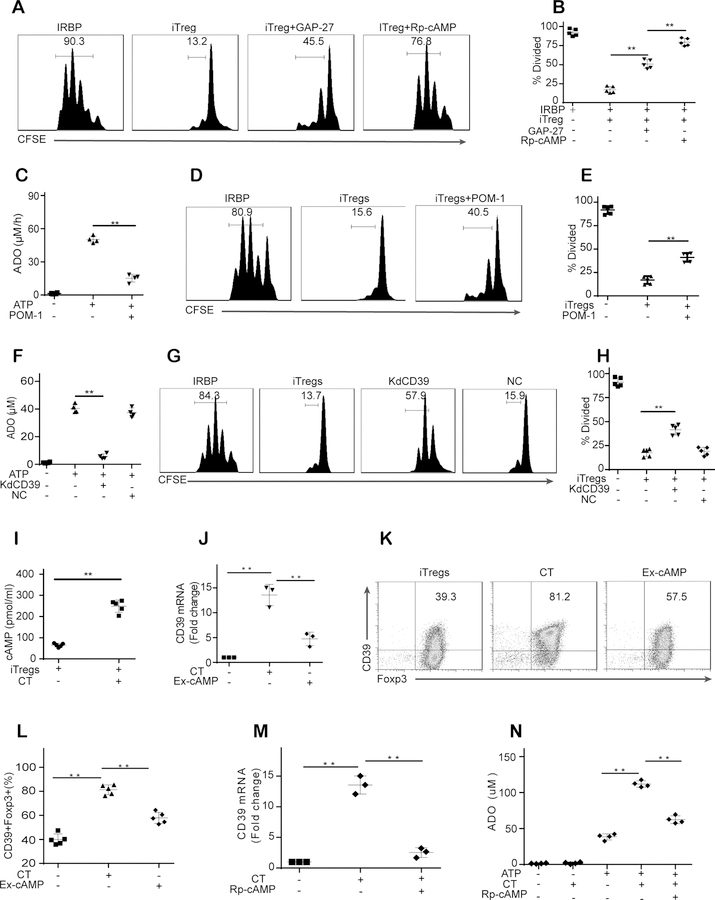Figure 3. cAMP regulates the CD39-adenosine pathway in iTregs.
(A-B): Pretreatment of iTregs with Rp-cAMPS (a cAMP antagonist, 4 mM) was more effective than pretreatment with the gap junction inhibitor in reversing the iTreg-mediated suppression of UTs. (C): POM-1 (a CD39 inhibitor) pretreatment significantly reduced adenosine (ADO) release by iTregs in the presence of ATP. (D-E): POM-1 pretreatment partially reversed the iTreg-mediated suppression of UTs. (F-H): CD39 siRNA but not control siRNA decreased adenosine release by iTregs and the capability of iTregs to inhibit UT proliferation. (I-L): CT (a potent cAMP antagonist) increased the intracellular cAMP level in iTregs and upregulated CD39 expression in iTregs (Gated on Foxp3). (M): Rp-cAMPS pretreatment almost abolished the CT-induced CD39 expression in iTregs. (N): In the presence of ATP, CT increased the production of adenosine by iTregs, whereas Rp-cAMPS pretreatment weakened this increase. The results were representative of three independent experiments. The data are presented as the means ± SDs. **: P < 0.01 (between the indicated groups). Data were analyzed using one-way ANOVA with Bonferroni correction (B-H, and J-N) or independent unpaired two-tailed Student’s t tests (I).

